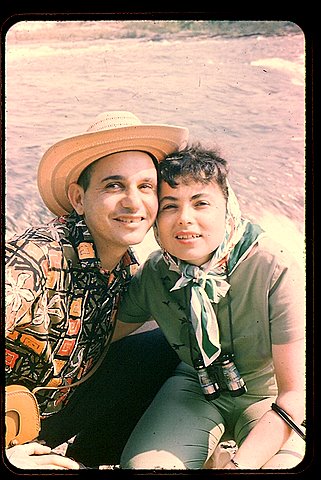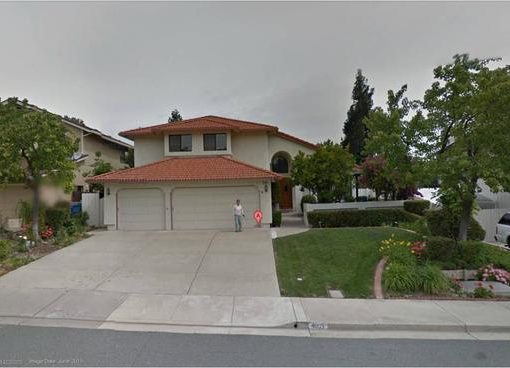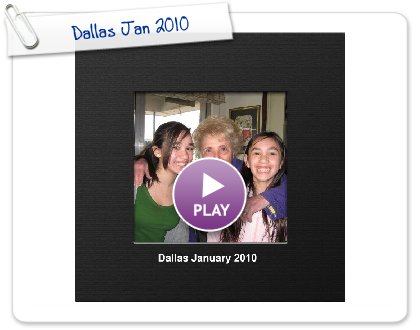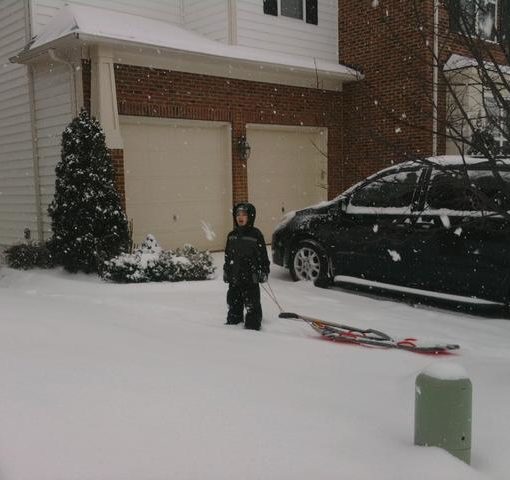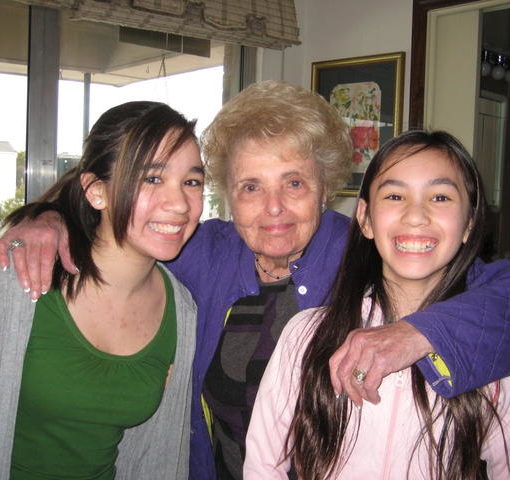On 19 January 2008 we will be conducting the unveiling service for my mother. The ceremony will be held at 2:00 pm in Deltona, Florida, immediately following the cermony we will have lunch at the Ruby Tuesday’s which was my mother’s favorite place to eat because of the salad bar. Many of our friends have asked me what is an unveiling so I thought I would provide everyone with a little bit of background to the weekend.
What is an unveiling? An unveiling is a graveside religious ceremony marking the formal setting of a loved one’s headstone at the cemetery.
Is the unveiling ceremony biblically based?No. The unveiling has no Jewish historical roots. It is an American custom, recent in origin, borrowed and adapted from American culture.
When is the unveiling held? In Orthodoxy, the stone is not set until after the conclusion of 12 months. Most Jews, therefore, hold the unveiling service at the end of the year of mourning.
What if the end of “the year” falls during winter months?It is not at all uncommon to change the unveiling to a more convenient time, so long as it is after the conclusion of the year’s mourning period. A date change may be occasioned by considerations for weather or the inability of family members to attend on a particular date.
Is there a prescribed ritual for an unveiling? No. Custom dictates a brief ceremony, with immediate family and perhaps a few very close friends present. Generally, psalms are recited, followed by some brief words about the deceased, the actual unveiling of the stone, the El Maley Rachamim, and the Kaddish. An unveiling should not be a funeral. An unveiling is intended as a family tribute to the memory of a loved one, a private, tender time of reminiscence after “the year” of mourning comes to an end. We perform the mitzvah of kever avot (literally, “grave of the fathers”) by visiting the grave, and leave the cemetery with a greater sense of closure and a renewed commitment to life.
Why do some people leave pebbles on the headstone as they leave the cemetery? In biblical times, as we have seen, graves were sometimes marked by a pile of stones. Some scholars suggest that this may explain the custom of leaving pebbles. There is no religious basis for the practice. It serves to indicate that loved ones have been to the grave, and that alone is sufficient cause to justify it. At least one contemporary rabbi, however, has suggested that leaving a stone may also have therapeutic benefit for us, especially if we see it as a symbolic means of leaving behind some of the “hardness” of grief and pain.
How often should we visit the grave after “the year” concludes? There is no prescribed minimum or maximum number of visits. Orthodox Jews make a point of visiting the graves of loved ones during the month of Elul just prior to the onset of the High Holey Days, on the day before Rosh Hashanah, and the day before Yom Kippur. Many Jews visit the cemetery on the loved one’s birthday, an anniversary, or a special personal day. Jewish tradition discourages excessive mourning and constant cemetery visitation, especially if it becomes an impediment to a return to life. The Book of Jeremiah 22:10 proclaims: “Wisely, though, Jewish practice provides for a regular, structured communal expression of reminiscence, through Yahrzeit and Yizkor.” Details on the ceremony are at the next post here.
